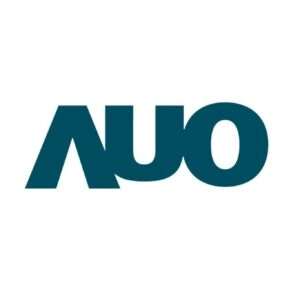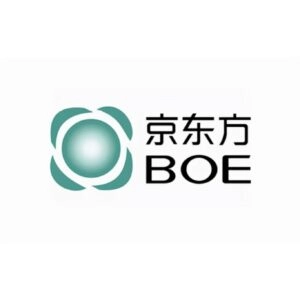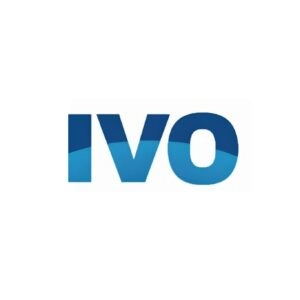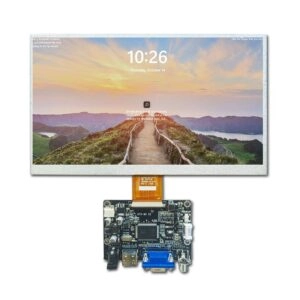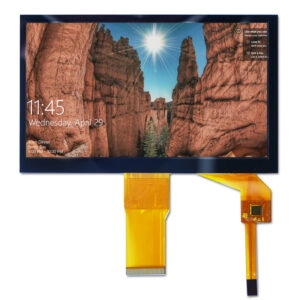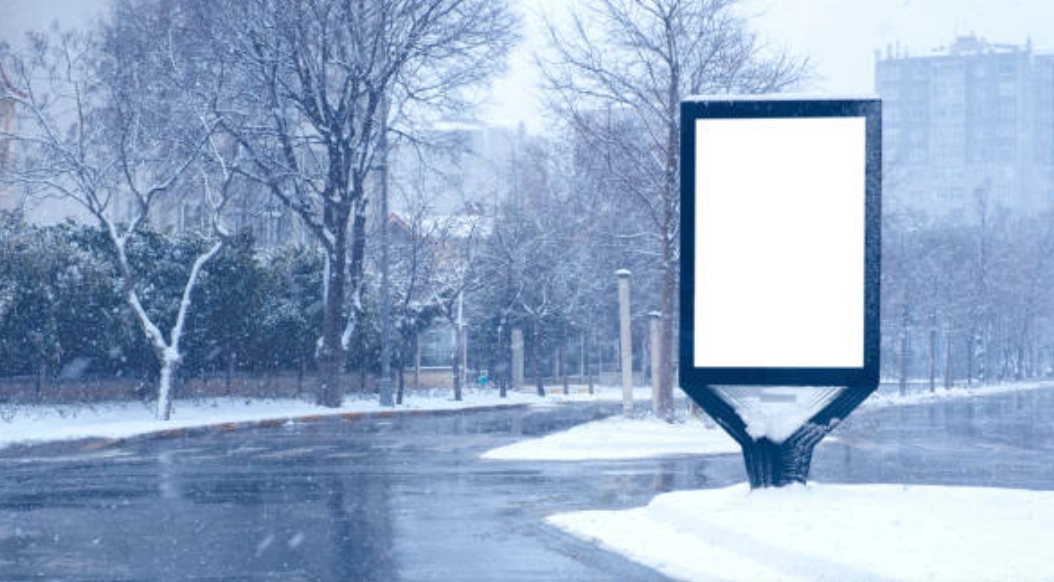How Temperature Damages LCD?
This operating temperature range affects the electronic portion within the device, seen as falling outside the range can cause LCD technology to overheat in hot temperatures or slow down in the cold. As for the liquid crystal layer, it can deteriorate if put in high heat, rendering it and the display itself defective.
LCDs rely on precise molecular alignment of liquid crystals to function properly. When exposed to temperatures beyond their designed limits, these molecules either become too fluid or too rigid. In extreme heat, this misalignment results in dark spots or total blackouts on the screen. Conversely, cold temperatures cause sluggish response times and ghosting effects.

LCD Temperature Limits: What Temperatures are Too Hot and Too Cold
In order for the LCD panel to avoid defects, a standard commercial LCD’s operation range and storage range should be kept in mind. Without adaptive features, a typical LCD TV has an operating range from its cold limit of 0°C (32°F) to its heat limit of 50°C (122°F) (other LCD devices’ ranges may vary a bit from these numbers).
The storage range is a bit wider, from -20°C (-4°F) to 60°C (140°F). Operating outside these boundaries compromises both functionality and longevity. Devices used outdoors or in industrial settings often require wider tolerance ranges.
Does Heat Affect LCD Screens and How?
Heat can greatly affect the electronics and liquid crystals under an LCD screen. Seen as the liquid crystals are manipulated in a device by altering their orientations and alignments, heat can disrupt this by randomizing what is meant to be controlled.
When this disruption occurs, pixels fail to display correctly because backlighting cannot pass through as intended. This leads to visual artifacts such as blotches or unreadable screens. With long exposure to extreme heat, besides the destruction of the liquid crystals, battery life can shorten, hardware can crack or even melt, response time may slow to prevent even more heat generation from the device.
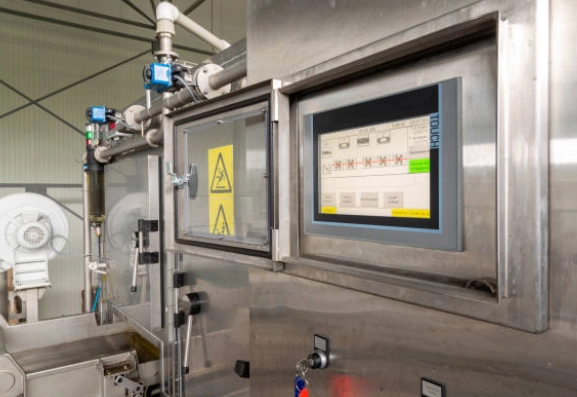
Electronics Operating Temperature – TFT
The LED backlight and the internal circuitry, typically TFT-based in the common TFT LCDs, are components that can generate heat that damages the device and its display.
To mitigate overheating risks, devices incorporate cooling mechanisms such as fans and air vents. Some devices that are used in extremely high ambient temperatures may even require air conditioning. However, vent design must also prevent moisture ingress which could lead to condensation inside screens.
If moisture enters the device and high heat is present, condensation can occur, fogging the display from inside, and in some cases, short-circuiting may cause the device to turn off.
Can an LCD Device Be Left in Freezing Temperatures?
In the opposite direction is extreme cold. What typically occurs in the cold is “ghosting” (the burning of an image in the screen through discoloration) and the gradual slowing and lagging of response times.
An LCD device can be left in freezing temperatures because it will likely not be permanently damaged like in the heat, but caution must still be exercised. The standard and most common lower-bound storage range limit is -20°C. Below this point lies potential risk for permanent damage.
Devices not adapted for low-temperature environments should be insulated temporarily or warmed up before use. Adapted, rugged devices have advantages such as screen enclosure insulation for heat level preservation or built-in heaters.
Selecting LCD Modules for Extreme Temperatures
When selecting the appropriate module, it is necessary to understand the device’s expected primary application. Environmental factors such as exposure to UV rays or humidity must also be evaluated alongside temperature resistance.
Display types have a lot of variation. For instance: Twisted Nematic (TN) displays offer fast response at low cost but poor viewing angles; In-Plane Switching (IPS) panels provide better visibility under wide angles but at higher cost.
Power consumption considerations also influence selection—especially when balancing performance against energy efficiency.
Temperature Range & Environmental Issues
Environment-based factors must consider things besides the obvious temperature like UV exposure and humidity/moisture. These conditions affect not only durability but also readability and lifespan.
Besides the LCD modules, recent new products have opened doors in wide temperature range displays, such as OLED displays. OLEDs outperform traditional screens with better contrast ratios, faster response times, broader viewing angles—and crucially—greater resilience across temperature extremes.
These characteristics make OLEDs ideal alternatives where conventional LCDs fall short due to environmental stressors.
Buy Wide Temperature LCD from Miqidisplay
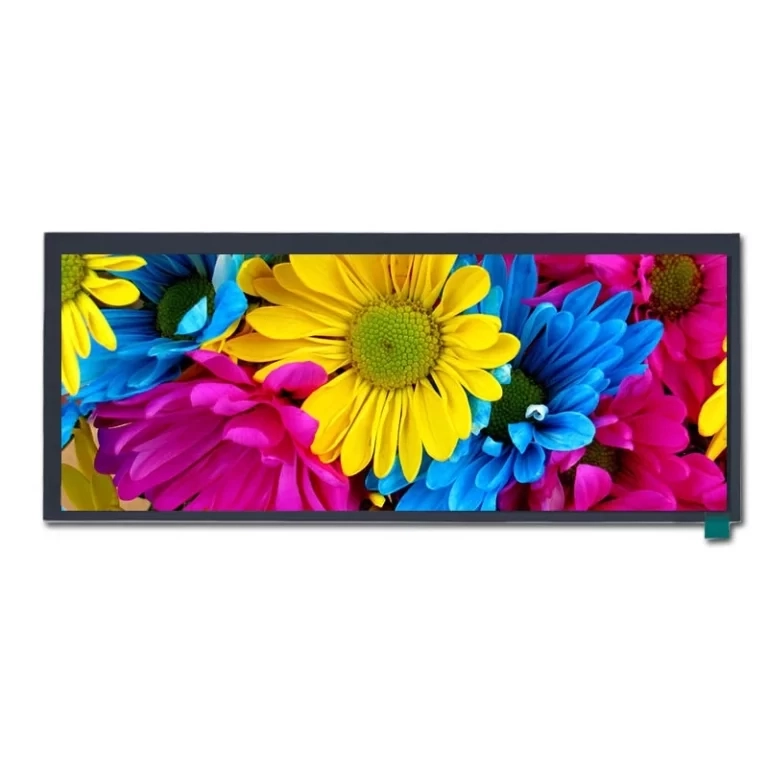
Wide-temperature LCD screens operate normally in -30~80℃, making them suitable for harsh environments like outdoor signage or vehicle dashboards.
10.1 inch Industrial display Screens with resolution 1024*600 Pixels wide temperature from -30℃ to 80℃ Serial LVDS Interface Customized touch screen exemplifies Miqidisplay’s commitment to reliability under extreme conditions.
The wide temperature range of -30°C to 80°C in the 10.10-inch display module enhances its versatility for various applications. Whether facing sub-zero winter climates or direct sunlight exposure during summer months—these modules maintain performance integrity.
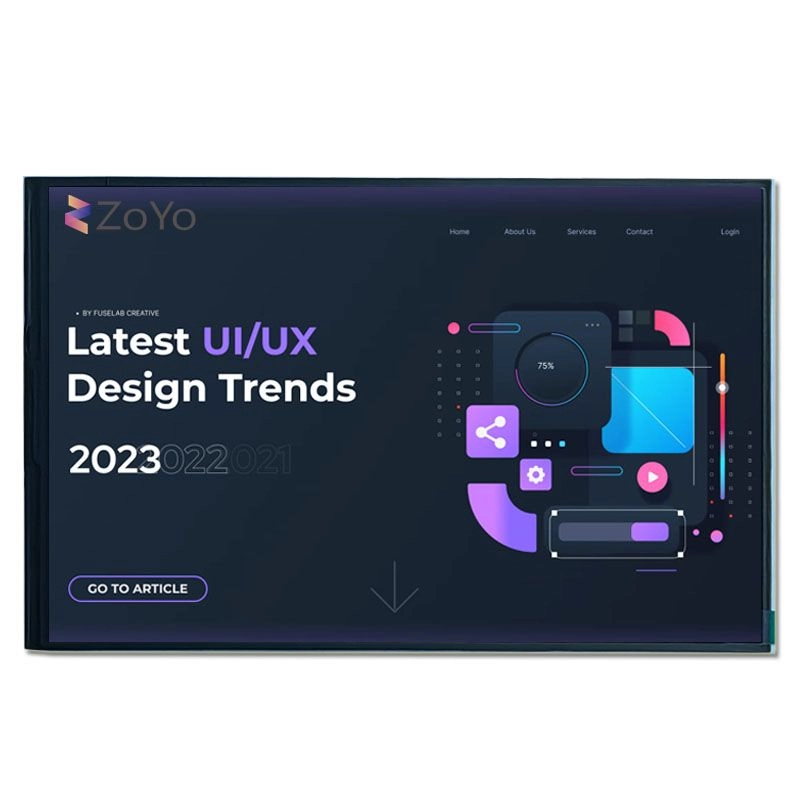
Miqidisplay backs its products with certifications like TS-16949 and ISO-9001 along with rigorous three-step quality inspections prior to shipping. All products are stored in our warehouses for fast and accurate, 90% on-time delivery.
FAQ
What happens if an LCD exceeds its operating temperature?
It may suffer permanent damage including pixel failure or total blackout due to disrupted crystal alignment.
Can I store my display below freezing?
Yes—but only down to around -20°C unless it’s specifically designed for colder storage conditions.
Are there displays suited for both high/low temps?
Yes—Miqidisplay’s wide-temperature displays support operation between -30°C~80°C, ideal for industrial use cases.
How does Miqidisplay ensure quality?
Before each product is shipped out, it undergoes a rigorous three-step quality inspection process, ensuring optimal performance across all environmental conditions.
Do I need customization for extreme environments?
Absolutely—Miqidisplay offers tailored solutions including cable length adjustment, optical bonding glass covers, and interface modifications suited for your specific application needs.
